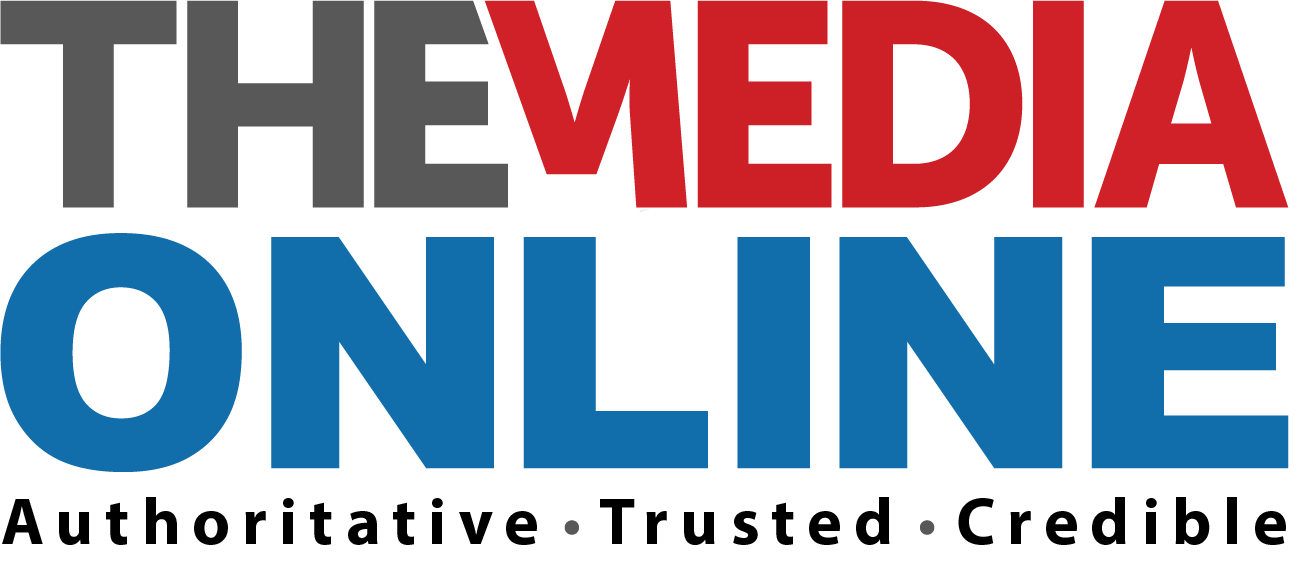Website ads fidget, interrupt and mislead. They’re loud and ungainly. They fixate on things you may not care about and they sometimes spread viruses.
Like adolescent boys, their designers seem to be confusing annoyance for affection.
The current state of website advertising is so bad, in fact, that the controversial – and increasingly popular – type of advertisements known as native ads (which are built to mimic genuine editorial content) may well be an improvement.
Controversial but growing
A Business Insider report predicts spending on native ads, counting social media posts, will grow from a US$7.9 billion market today to more than $21 billion by 2018. Publishers as diverse as Buzzfeed and The New York Times have made native advertising a key component of their digital financial strategies.
The practice has attracted controversy for some publishers (such as a 2013 gaffe in which The Atlantic found itself embarrassed by a pro-Scientology advertorial) and has been mocked by John Oliver as ludicrously dishonest. Others have simply pointed out that native ads are misleading because, as this recent Contently study found, many people can’t tell the differences between articles and ads.
But for consumers of digital content, none of this may matter.
Research I conducted with a colleague, Brady Teufel, indicates that the presence of native advertisements doesn’t necessarily impact a news site’s credibility.
We had people examine mock-ups of a news site made to resemble Buzzfeed. Half of the viewers saw a website with native ads, while the other half saw a site with traditional display ads. Then we asked them how credible they thought the site was. The result was that people rated both versions of the site as equally credible.
We also examined whether older people and younger people had different reactions. They did, in the sense that older people thought both versions were more credible than did younger people. But their credibility judgments didn’t change based on the type of advertising.
The dismal state of online advertising
If you’re wondering why people don’t seem to hold potentially misleading ads against publishers, the answer may lie in the fact that people have been conditioned since the dawn of the internet to accept that online ads will be annoying.
Although people generally say they don’t like ads of any type, there’s good research that shows online ads are far more likely to be seen as unwelcome clutter than are traditional print or television ads.
In fact, for some offline media products, such as fashion magazines, Sunday newspapers and the Super Bowl, advertisements can be part of the product’s appeal.
It’s hard to find a similar analogy for online ads.
A lot of this is based on a fundamental difference between online and offline advertising. While many offline ads are built with specific venues in mind – individual television channels or specific magazines with specific audiences – online advertisements are more often driven by an individual’s internet browsing history.
That is, the ads aren’t designed to look good and behave nicely with the site; they’re built to pop up and demand attention based on what you might have shown Google, Yahoo or Facebook that you’re interested in.
Creative natives
Native advertisements could be part of the solution to the internet’s bad-ad problem. Ads you might call “creative natives”– Buzzfeed’s sponsored listicles are one example – are often made in collaboration with the publisher, and are attuned to the characteristics of the site.
Publishers are interested in native advertising in part because traditional web advertising pays poorly. A person running a local news site that attracts, say, 20,000 visitors a month would be lucky to earn about $60 a month per display ad. Even with multiple ads, that’s not going to pay to hire even a single reporter or editor.
Natives pay better, in part because publishers often charge brands a fee to create native advertisements, in addition to the costs of running the ad, although approaches differ. They’re also harder for consumers to avoid through the use of ad-blocking software.
Native ads can also be pretty cool. Beth Egan, an associate professor of advertising at the S I Newhouse School of Public Communications at Syracuse University, points to a recent collaboration between Netflix and The New York Times as an example of natives done well.
The ad, meant to promote the Netflix series Orange Is the New Black, was an immersive, engaging piece on the topic of women in prison that never did directly promote the show.
“The idea is to drive interest, even if it does not explicitly endorse a product,” Egan said at a recent journalism conference panel on the topic.
Unfortunately these types of custom-made “creative natives” take time and talent, both of which cost money.
So web viewers may be more likely to encounter another type of native advertising known as content recommendation widgets. These are blocks of “story” links that appear at the bottom of many websites and may have titles such as “recommended for you” or “from around the web.”

Look familiar?
Yes, the “stories” in recommendation widgets are often crass (and sometimes borderline pornographic). Nonetheless, these types of ads are easy for publishers to place on their sites, and they add another layer of advertising revenue to the bottom line.
While native advertisements offer the potential to make more money for publishers and offer higher-quality advertisements, their future is uncertain.
There’s a chance that as people get used to seeing natives and understand them for the ads they really are, they will stop clicking. And if people stop clicking, marketers will stop buying.
And then talk will turn to the next trend in advertising – whatever that may be.![]()
Patrick Howe, Assistant Professor of Journalism, California Polytechnic State University
This article was originally published on The Conversation. Read the original article.














